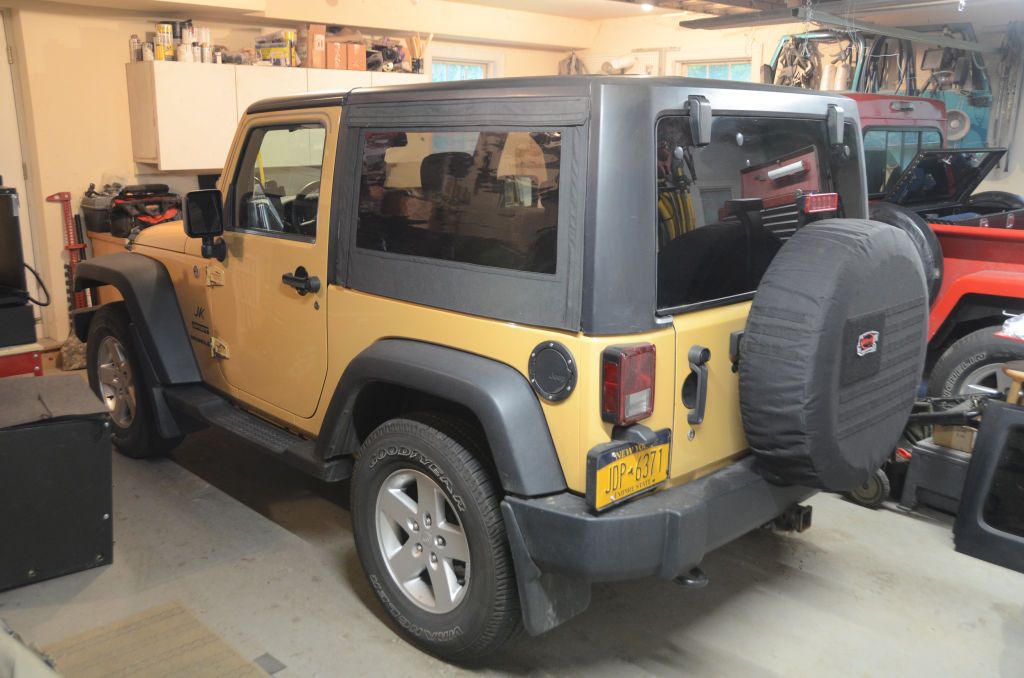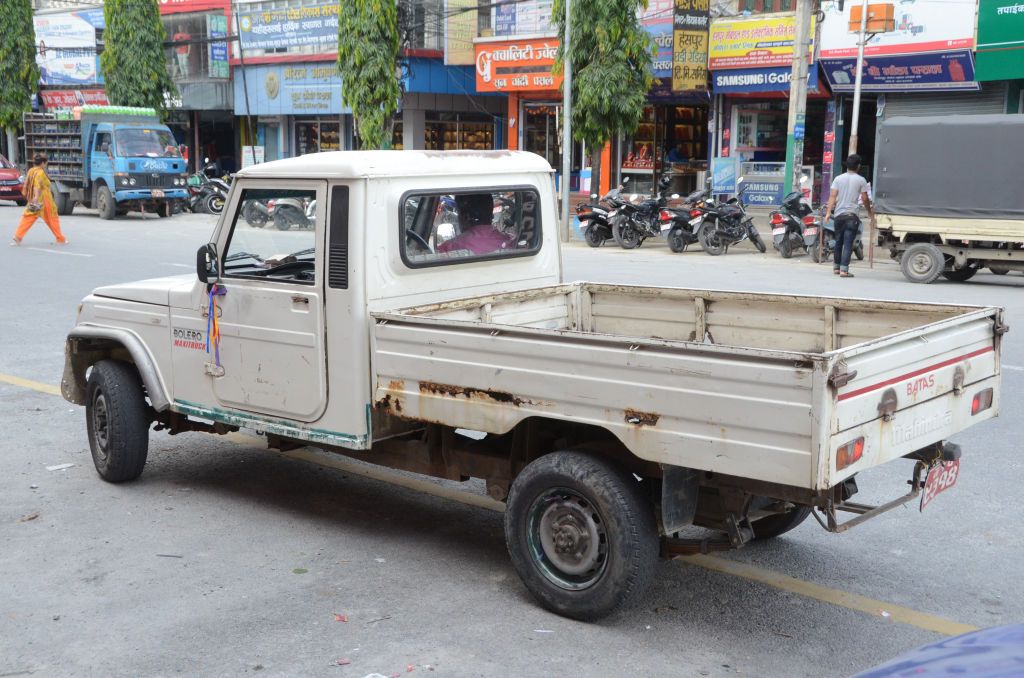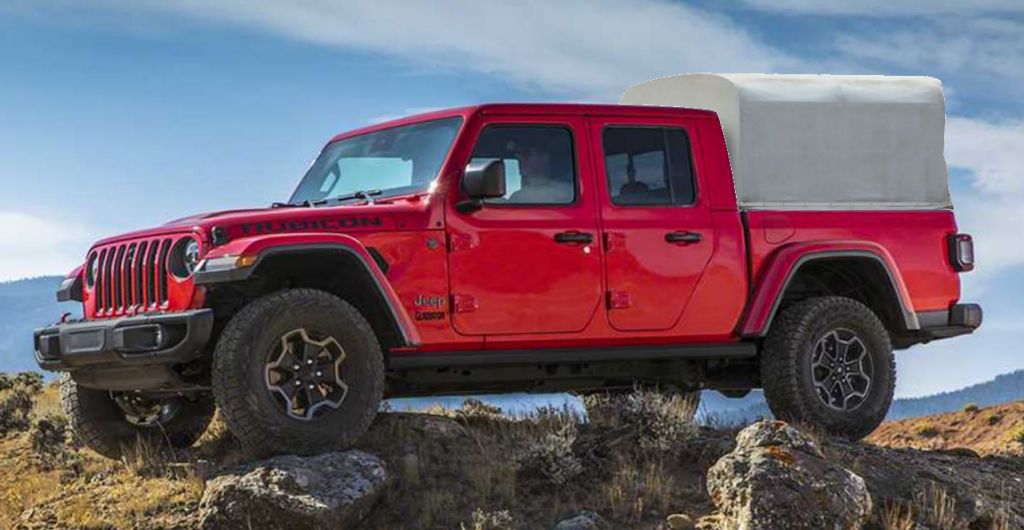Oh, I know. But I wouldn't do that for the same reason I won't do it on my current JK: lack of skill and fear of messing it up! My point is that Jeep could have redesigned the top to be modular from the factory. If it was an upgrade over the standard hardtop, I would tick that option box.
Same point as above. I just think that if Jeep made it a feature from the factory, it would solve a problem that annoys some (many?) of their customers. I'd be more inclined to trade up to the JL if there were some smart upgrades that I think I would appreciate every day (aside from those improvements already made). Perhaps they're saving some of those added features in their back pockets to release in the future to keep the JL fresh over the next 10-12 years and keep people buying new.
If only! Maybe Jeep's position is to leave it to the aftermarket industry. It's part of the "Jeep Thing" anyways.
The one touch soft top is essentially a modular top in that vein. If the adoption rate becomes fairly high on that, I'd expect stuff to start popping up to replace the windows with sliders or shelves and to make the rear window (easily) removable.















